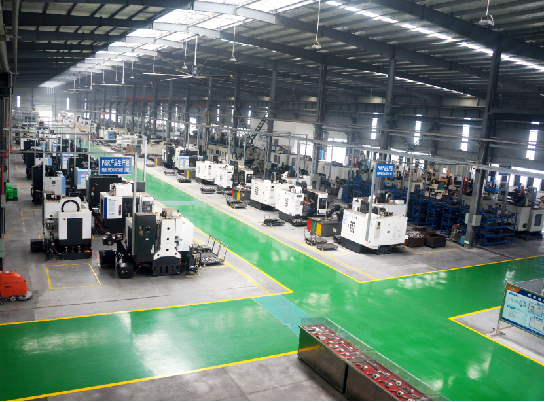Design and forming characteristics of special forging parts with forging characteristics
2022-12-02
I. Introduction to preforging design method based on forging characteristics:
The preforging design of special forging features is based on the different die forging methods and the different metal flow conditions of different characteristics in the forging feature formation process. Common die forging methods include upsetting and pressing. Usually, we use upsetting forming forging, because the metal flow in the upsetting process is relatively uniform, the deformation resistance is small, the comprehensive performance of forging is high. However, for die forgings with complex structure, the structural lines have characteristics that are difficult to fill, such as high ribs, high flanges, I-shaped and shoots. These features are relatively difficult to form. For these features, pressing is required, that is, through the contact between the metal and the mold wall, forcing the metal into the high bar and flange, and these difficult features are usually a complete cavity at the end. According to the forming way and metal flow of different forging features, the feature preforging design is also called the preforging design method based on forging features.
With terminal forgings as the research object, the forming characteristics and metal flow of forgings with different characteristics are analyzed, and the structure shape of preforgings is improved reasonably combined with actual production. According to the forming characteristics of forged special-shaped parts, the preplate forgings with different deformation modes are designed.
Two, plastic forming characteristics:
Die forging plastic forming is a pressure processing method in which the raw blank is heated to the forging temperature range, put into the die forging cavity, and then the metal is forced to flow through the impact force or hydraulic pressure to obtain qualified die forging parts. Throughout the metal deformation, because the mold prevents the flow of the undesirable metal material, it is possible to obtain a forging with the shape of the die hole at the end of the forging. Compared with free forging, die forging has the following advantages:
1, the forging size is correct, processing allowance is small; 2. Can forge forgings with complex structure; 3. High productivity; 4, it can save metal materials, for dry near net shape forgings can be directly used without cutting, so as to reduce processing costs.
With the development of modern aviation industry, the structure requirements of die forging are relatively complex, and the target size is relatively large. For example, large types of forged profiled parts such as frame forgings, landing gear and beams are produced by die forging. According to the mass calculation, die forging products account for about 80% of aircraft forgings and 75% of automobile forgings. Therefore, the proportion of die forging products in large types of industry will be increasing in the future.

The preforging design of special forging features is based on the different die forging methods and the different metal flow conditions of different characteristics in the forging feature formation process. Common die forging methods include upsetting and pressing. Usually, we use upsetting forming forging, because the metal flow in the upsetting process is relatively uniform, the deformation resistance is small, the comprehensive performance of forging is high. However, for die forgings with complex structure, the structural lines have characteristics that are difficult to fill, such as high ribs, high flanges, I-shaped and shoots. These features are relatively difficult to form. For these features, pressing is required, that is, through the contact between the metal and the mold wall, forcing the metal into the high bar and flange, and these difficult features are usually a complete cavity at the end. According to the forming way and metal flow of different forging features, the feature preforging design is also called the preforging design method based on forging features.
With terminal forgings as the research object, the forming characteristics and metal flow of forgings with different characteristics are analyzed, and the structure shape of preforgings is improved reasonably combined with actual production. According to the forming characteristics of forged special-shaped parts, the preplate forgings with different deformation modes are designed.
Two, plastic forming characteristics:
Die forging plastic forming is a pressure processing method in which the raw blank is heated to the forging temperature range, put into the die forging cavity, and then the metal is forced to flow through the impact force or hydraulic pressure to obtain qualified die forging parts. Throughout the metal deformation, because the mold prevents the flow of the undesirable metal material, it is possible to obtain a forging with the shape of the die hole at the end of the forging. Compared with free forging, die forging has the following advantages:
1, the forging size is correct, processing allowance is small; 2. Can forge forgings with complex structure; 3. High productivity; 4, it can save metal materials, for dry near net shape forgings can be directly used without cutting, so as to reduce processing costs.
With the development of modern aviation industry, the structure requirements of die forging are relatively complex, and the target size is relatively large. For example, large types of forged profiled parts such as frame forgings, landing gear and beams are produced by die forging. According to the mass calculation, die forging products account for about 80% of aircraft forgings and 75% of automobile forgings. Therefore, the proportion of die forging products in large types of industry will be increasing in the future.

X
We use cookies to offer you a better browsing experience, analyze site traffic and personalize content. By using this site, you agree to our use of cookies.
Privacy Policy



